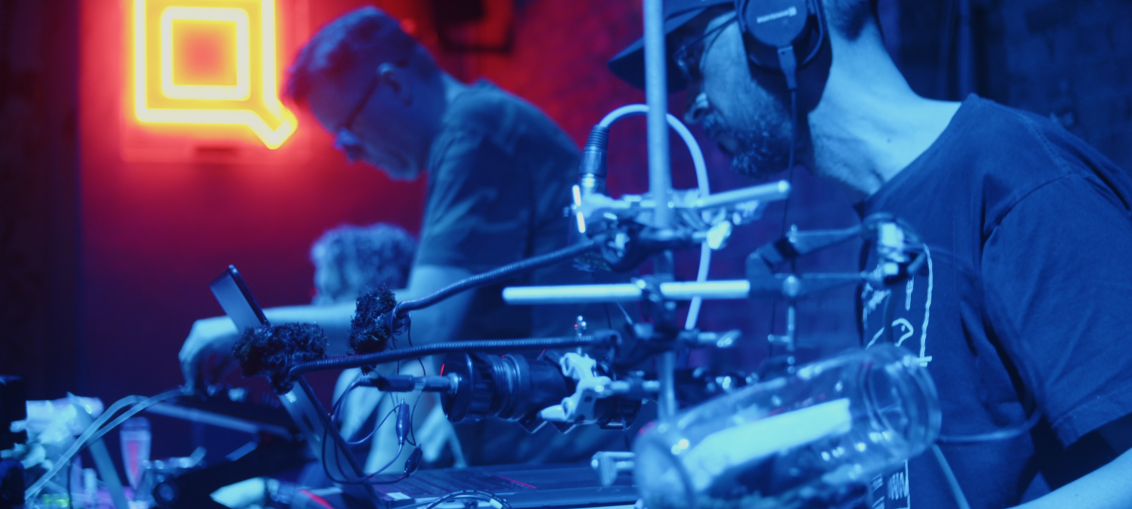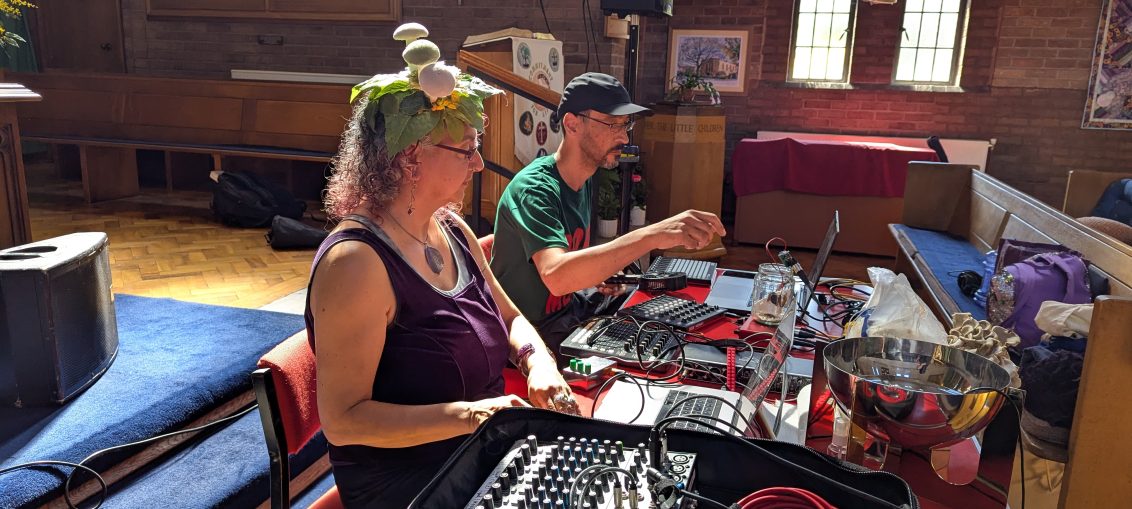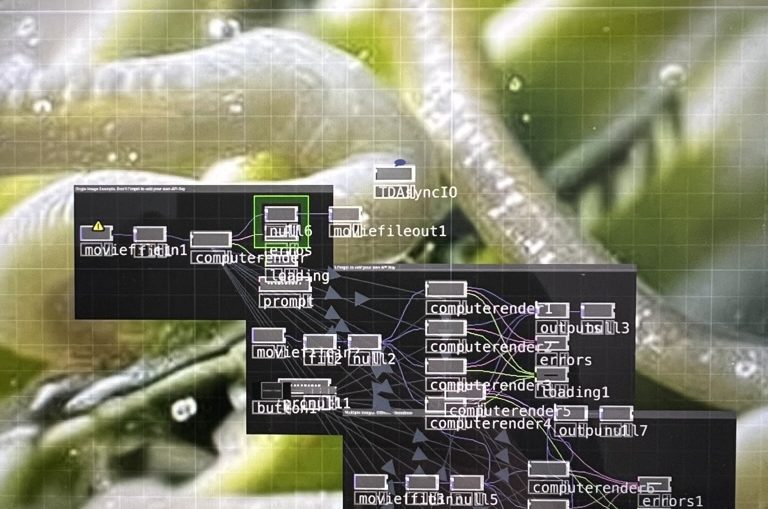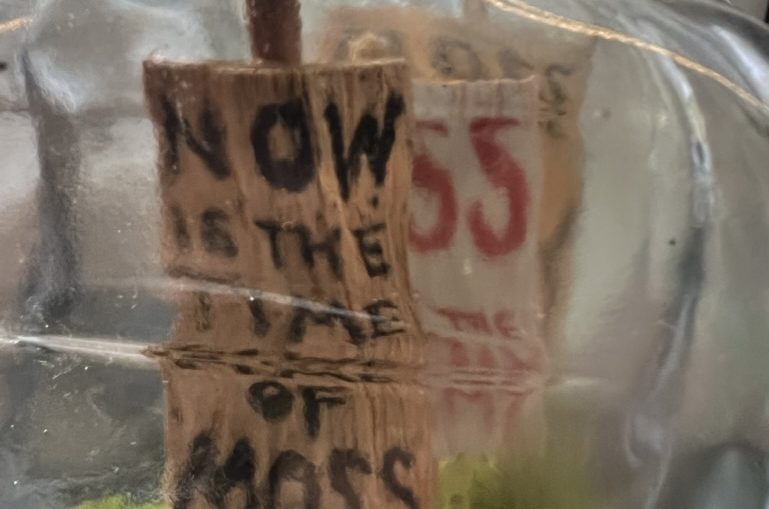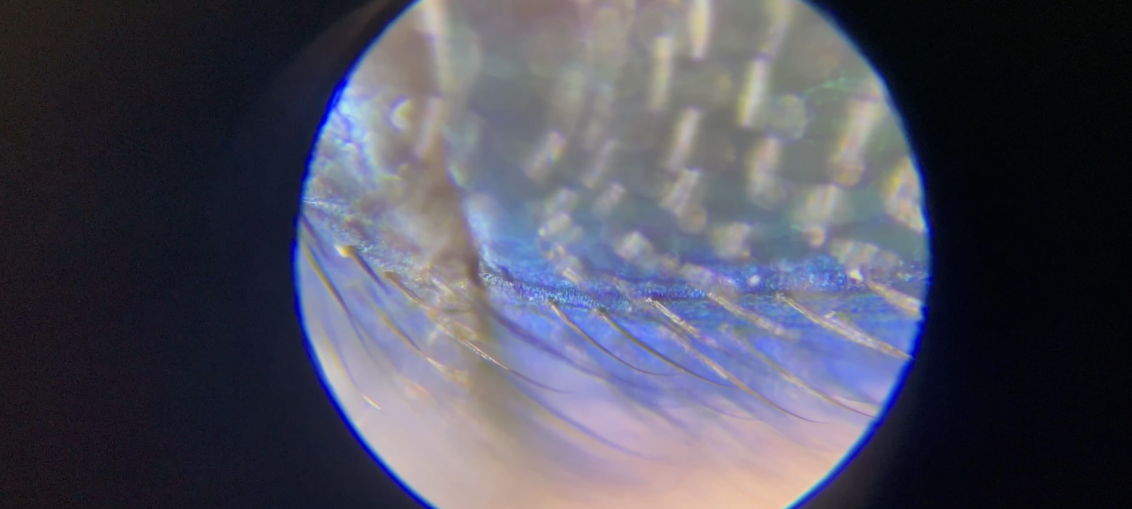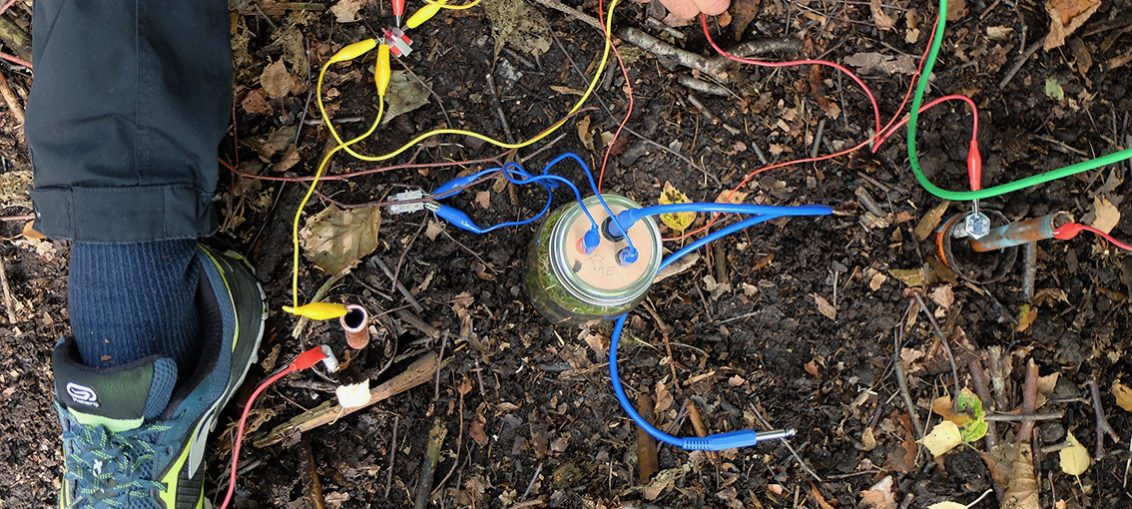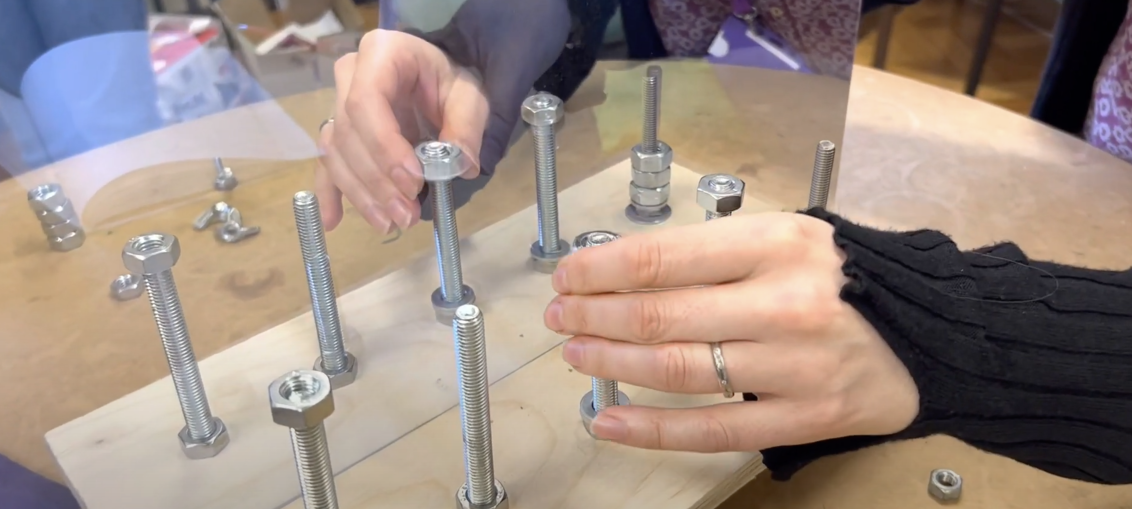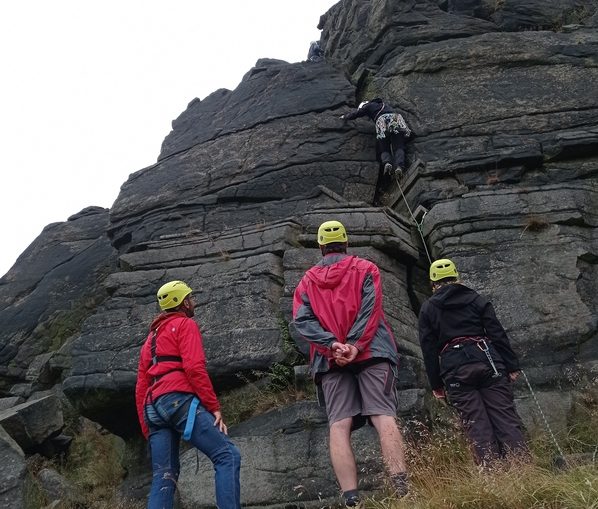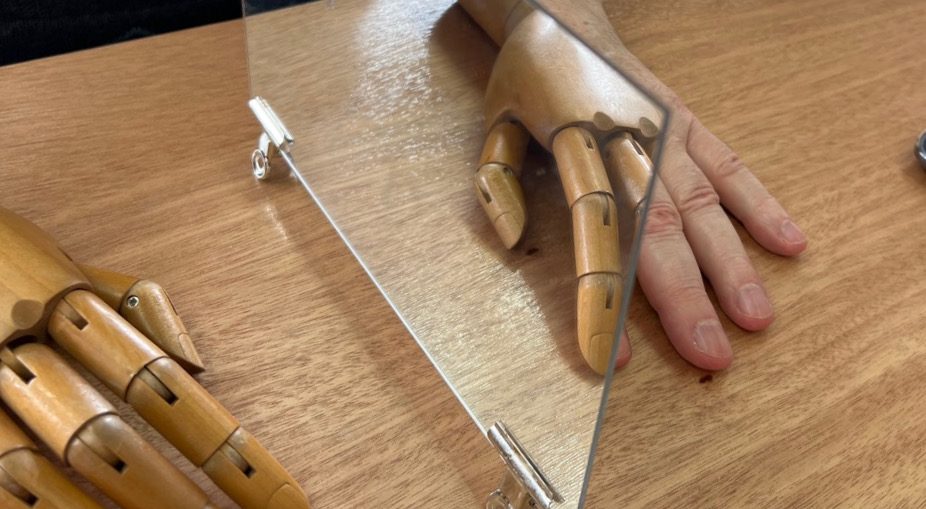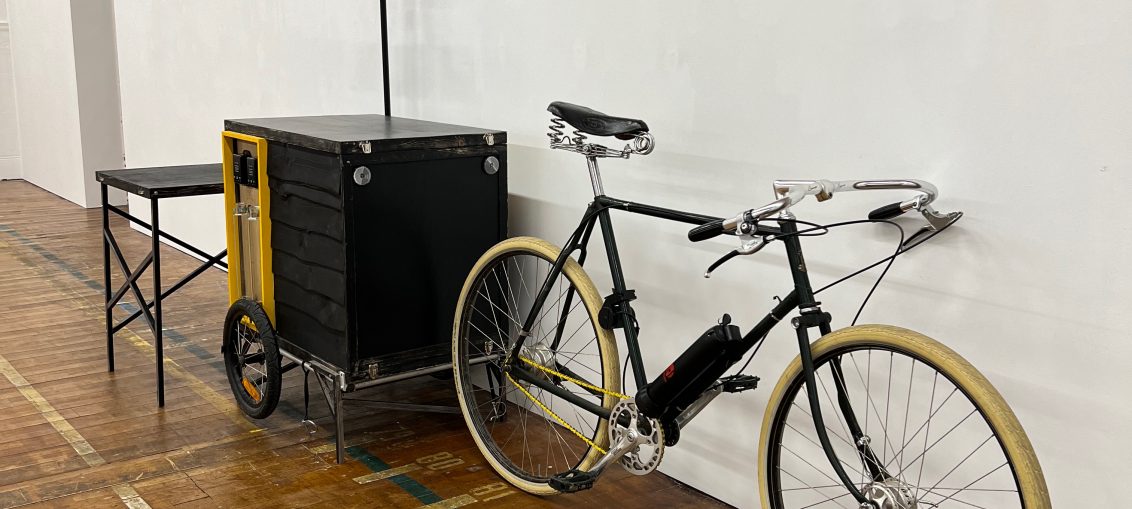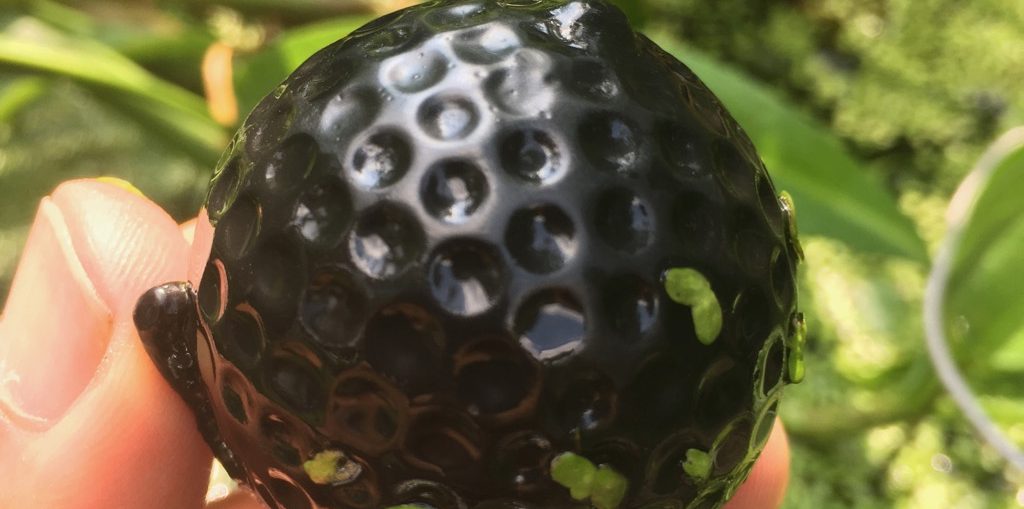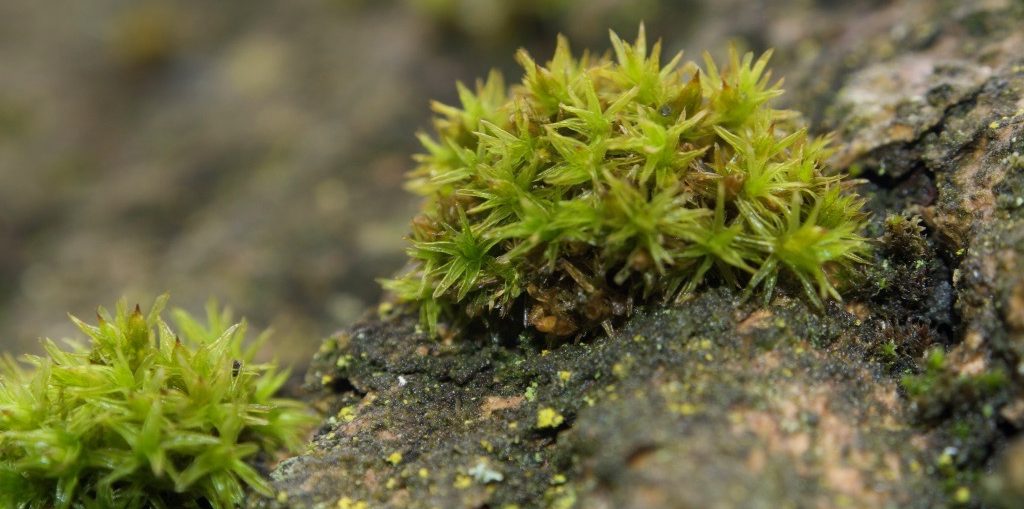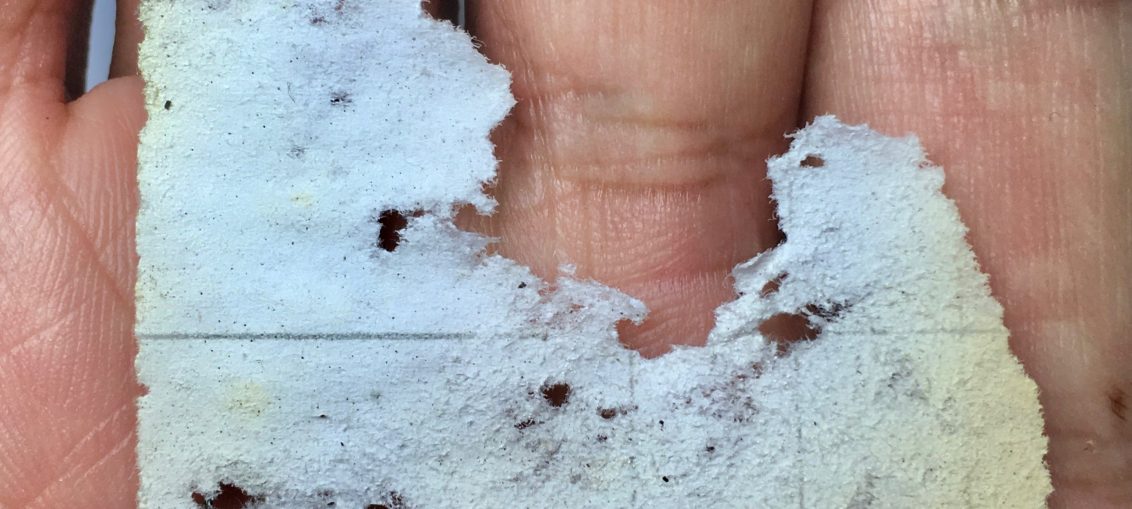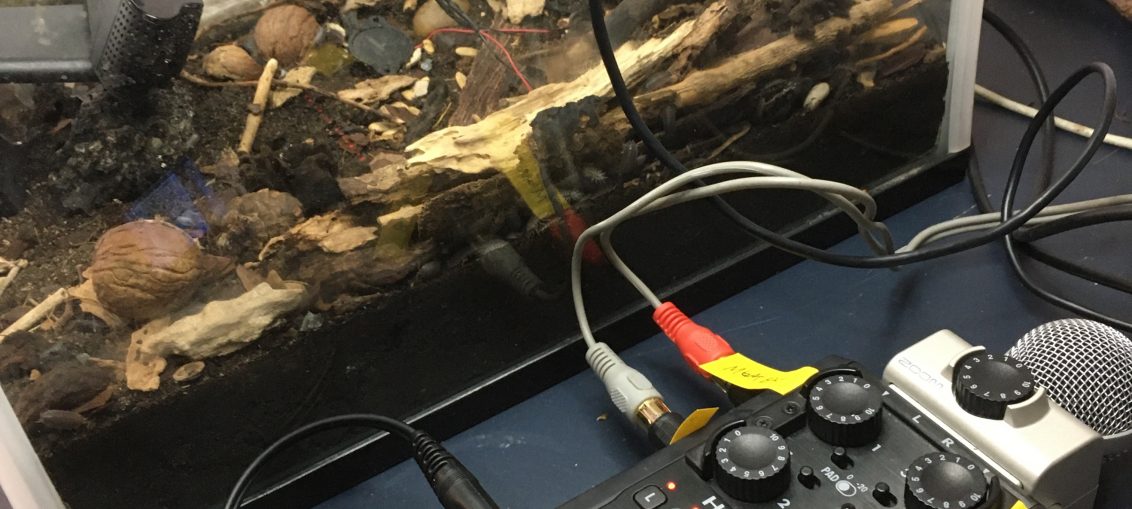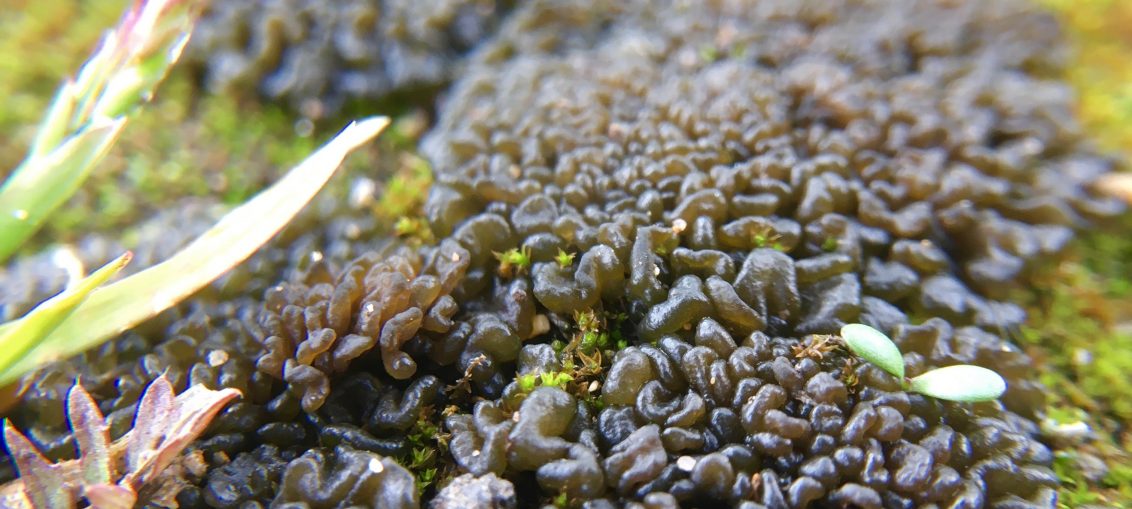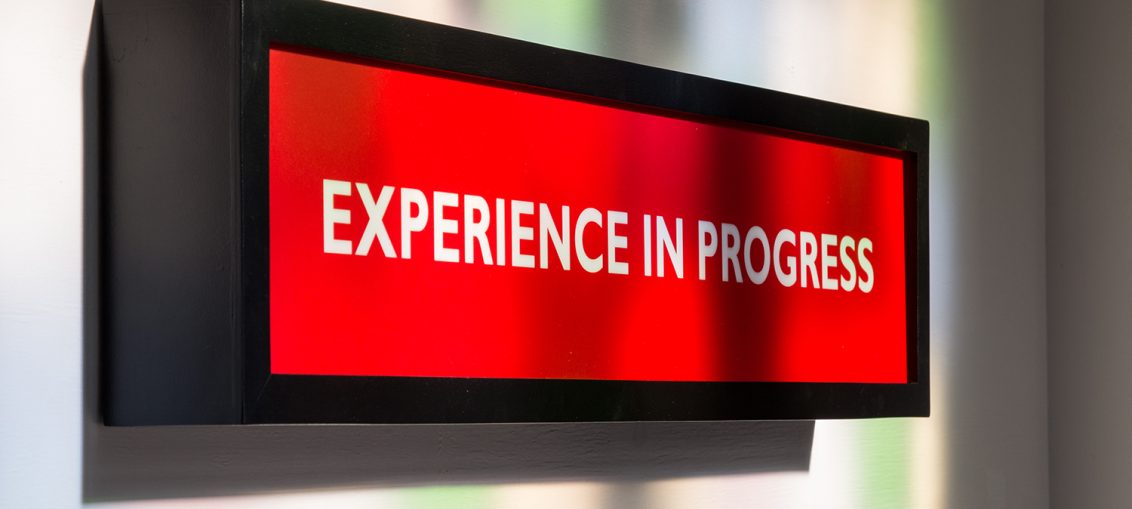Work in progress
Ideas, unrealised, and proposed.
States of being
Biokinetic Mantra for the Evocation of the Animistic Matrix
live performance with Maya chowdhry and Chris Gladwin. "This 30min live electronic music performance will feature organic components (mushrooms, moss, terrariums, water) being brought into contact with the ecstatic technology of dance music."I have recently returned to performing live and reawakened a part of my brain that had been dormant for a while. I'd forgotten how much I absolutely love the focus and intensity. The excitement of not knowing what's going to happen, or indeed sometimes wondering what is happening when something completely new emerges. Working with new collaborators has pushed me to explore new methods, leading to a number of fresh works in progress. Last month, I performed with Chris Gladwin and Maya Chowdhryat DVRK MASS II | Sonic Transformations: Ecosystems (organised by
Electronic Music Ensemble at Chorlton Arts FestivalElectronic Music Ensemble at
I performed as part of a line up from SODAs electronic music ensemble (which comprises of students, alumni and staff) at Chorlton Arts Festival, in Wilbraham St Ninian’s Church. I performed again alongside Maya Chowdhry continuing the ‘Biokinetic Mantra for the Evocation of the Animistic Matrix’ project - bringing together bioacoustics filed recording live electroaccoustics, and techno. This involved Darkling beetle larvae and rehydrating moss on hydrophones… Image: Neil Spencer Bruce SODAs electronic music ensemble 5691
We were by the tumbling stream.
Moss identification card deck
This card pack was developed for a moss walk for the Eco pedagogies Symposium 2024. The walk traced a route between the Firs Botanical Gardens and Manchester Museum. In this iteration of the moss workshop, I discussed my emerging "methodology of moss" and the role of art as a perception-changing device. To develop the card pack I photographed each species of moss I found along the route and created a card for each one, including information on the numerous biomes encountered. These cards not only aid my learning and memorisation of moss species but also include prompts, instructions, texts, and readings that will enable others to facilitate their own walking and moss workshops in the future.
MOSS IS NOT THE ENEMY
Touchdesigner experiments
This year I started working with Touch Designer https://derivative.ca/. TouchDesigner is a multimedia visual programming environment with a node based interface for “Creative Coding”. I am learning how to combine sensors as control inputs for video and sound, the generative aspects are also fascinating. It is a steep learning curve (with pythonic code to learn along side this). I will post progress here... View this post on Instagram A post shared by Antony Hall (@tonazoid) View this post on Instagram A post shared
Boundary detectors – mosscillator walk
A day of field work, walking and talking with @glassball.studio we walked across a segment of the Peak District national park boundary, connected our boundary detector up to a fence to create a strange radio like circuit (also connected with a bat detectors as signal transducer) we could hear strange sounds emanating from the either. Initially we discovered we could almost perfectly receive Radio 4. With some further tweaking / breaking we were able to get a multitude of voices - “Hello…Hello… “ one said as if speaking to us. View this post on Instagram A post shared by Antony Hall (@tonazoid)
NOW IS THE TIME OF MOSS
DYCP – Funding 2022-23
I am delighted to announce I was awarded a DYCP grant from Arts Council England to develop my creative practice, enrich networks and also undertake training. I plan to meet mentors and fellow artists for a series of creative collaborations and conversations. Here are some highlights from the project: Highlights will be posted on this page while a series of posts are listed on the following tag: https://antonyhall.net/blog/tag/ace-dycp/ View this post on Instagram Moss Walk for SPARK artists Network A post shared by Antony Hall (@tonazoid) Now is the Time of Moss 2022 - A series of 10 terrariums created from found materials
Boundary Detector Workshop / Part – 2
17/09/2022 Second Workshop at Longdendale Environmental Centre as GUIDEline project with Glassball Studios: In this workshop, we continued to work on our boundary detectors; moss terrariums with carbon and aluminium layers which act as electrodes. In my test, I used moss growing on a carbon graphite felt layer (the anode), over a granular substrate of Zeolite (the electrolyte, but in the workshop, we used grit and mud collated from the boundary). The base of the jar is covered with aluminium foil (the cathode). As the moss photosynthesises and microbes do their thing - electrons are exchanged between the two electrodes generating electricity (more info on the science at end of this post). However, it is as yet unclear exactly how
Proximity- Residency at Rogue project space
Proximity Collective In Residence at Rogue Project Space: 11th April - 5th May 2022 Proximity is a collective of 6 artists interested in the spatial and social elements of practice-as-research (established May 2019). Through a series of in-person residencies across the north of England and regular virtual meet-ups, we have developed our approach of “convivial aesthetics” and provide one another with professional, creative, and emotional support. During our residency at Rogue Project Space we will continue to explore different ways in which our proximity to each other can create new ideas, ways of thinking, and strategies for making and thinking art. View this post on Instagram
Experience in action: Work in Progress
This page has some notes and background info on the activities and experiments we are employing for the Experience in Action project with Body Eyes and Movement (BEAM) Lab at the University of Manchester. As part of my PhD research, I ran a number of workshops on perceptual illusions (all inspired by research at BEAM Lab and conversations with Dr. Ellen Poliakoff who also acted as one of my PhD supervisors) . The workshops often used the Rubber Hand illusion (RHI) and its many variations as a starting point. I gave participants instructions and asked them to experiment with different stimuli materials and arrangements and devise new experiments of their own. I found that observing participants experimenting and playing with ideas,
Maths Art Group
Art & Maths: Imaginary Numbers, the Haptic Sublime and the Art of Solving Problems Annie Carpenter, Anthony Hall, Michelle Harrison, Matthias Heil, Andrew WilsonFrom a mathematician’s point of view, solving a problem is not simply about the end result, it could be about finding a novel or elegant way to get there. The group presents artefacts related to a question they have discussed at length - is solving a new maths problem like setting a new climbing route? They admit to being no closer to answering this question but the journey has been an interesting one.
Experience in Action
FIELD STATION [work in progress]
This page documents the process of creating Field Station, from the original concept (a mobile ecological lab towed by bicycle) to the practical details of working through problems in the studio and foraging for materials, to the final result in Mid February 2022 [See workshop details here]. You can see some of the trailer design inspiration here, and details about the e-bike conversion using the Revos Ebike conversion kit here. Field Station [Commision] Field station is designed as a mobile resource used for pop-up interventions and workshops as part of a Climate Change Awareness Project With Manchester Art Gallery. The project aims to raise awareness and enhance perceptions of the unnoticed and sometimes invisible non-human inhabitants of the urban environment. Participants encountering Field Station will be invited
The sound of Moss
Recordings of the sound of dry clumps of Moss rehydrating [various species] growing in the woods Alderley Edge, absorbing the moisture from a fine vapour, using hydrophones put into the soil underneath the moss. See https://www.invisibleworlds.ac.uk/ . This is a technique I developed through the bryophytes project at Gallery Oldham. Antony Hall · bio-crust study: Moss rehydration
Moss Map
During a residency with Gallery Oldham (2021) I worked with bryological (moss) specimens collected from the local area 150 years ago. This inspired a series of meandering walking workshops focused on revisiting and recollecting mosses from my local area. Meandering is a form of walking fieldwork where participants engage in a series of "focused distractions"—activities like collecting, sampling from the environment, and microphotography—to redirect their attention and uncover alternative perspectives. The Moss Map serves as a multi-layered, always changing, exploration of experience and memory, documenting a meandering research journey. See Bryophytes project with Gallery Oldham Images from the 'Proximity' exhibition At Abingdon Studios 26 Aug – 16 September 2021. The 'Moss Map' and bottle terrariums were created as part of the bryophytes project
para-lab report
para-lab invite you to join us as we come together to display and discuss a series of ongoing collaborations between artists and scientists. The report will be presented through artefacts accumulated from the process of collaboration, as well as workshops and a mini-symposium (free) registration on Eventbrite) to contextualise the work. The weekend acts as a marker along the path of long-term, open-ended collaborations and a platform for the participants and the public to get together in real life after so long operating only online. Open to the public: Rogue Project Space, Thursday 23rd September, 6 - 8Saturday 25th September, 11- 5, Sunday 26th September, 12 - 4.
Hydrophone recordings
Moss re-hydration
On Decomposition and Interspecies Collaboration (Work-In-Progress) Various-Authors
A Live feed (the sound of woodlice eating and communicating) as the keynote presentation for the 'Hopsitality' symposium/conference 2021. This text talks about how this came about, and outline the presentation and details of the 'paper' that was produced. As part of 'Hospitality' a residency project with Proximity hosted by the UoC Fine Art writing group, a conference was organised as a final outcome and reflection on the project. The idea was that we would speak about our various practices and explore cross overs concerning the theme of Hospitality. Unfortunately, as the deadline drew near, we found ourselves having to find a keynote speaker at the last minute. At the time, I had been working on some sound recording experiments, listening
The sound of terrestrial Isopods
[the humble woodlouse] On my various moss bothering escapades, I have found myself exploring shady riverbanks of the Medlock, damp brickwork and stones, the crumbling remnants of industrial architecture, canals locks, and old cotton mills. Rummaging around on the forest floor, damp rotten logs the details of tree bark and rocks. Each of these different environments has its own acoustic ecology (or 'eco-acoustic'). Mossy sites seem to have quietness to them, the moss visually muffles and envelops the sharp rocks and chaos of broken sticks. There is also a softness to the sound, like the effect of a fresh snowfall. I decided to take my sound recorder on some of my field trips. When making field recordings, I have to stand perfectly
Nostoc
Experience in Progress Light Box
Fieldwork: Bryophytes at Snipe Clough
Experiment 8
Drawing of experimental apparatus. Participatory work. As yet unrealised. OLFACTION EXP. 8 / A0 drawing 2020 OLFACTION EXP. 8 / A0 drawing 2020
Interface objects [IO]
Testing the autoscope
Extracts from an experiment/performance with the Autoscope, to see if the feeling of disembodied/remote presence is amplified through taking on a challenging physical task, and to explore how this affects our perception of the landscape. Thanks to Andrew P Brooks for film and photography. "Autoscope builds on laboratory-based simulations of out of body experiences; the portable device allows the participant to freely navigate the world, experiencing themselves in 3rd person, as part of the landscape via a live video feed to a head-mounted display. The visual mechanisms are important in this illusion, but tactile and sonic stimuli further strengthen the effects. https://www.youtube.com/watch?v=yY7bs2Lih0Y&t=386s


